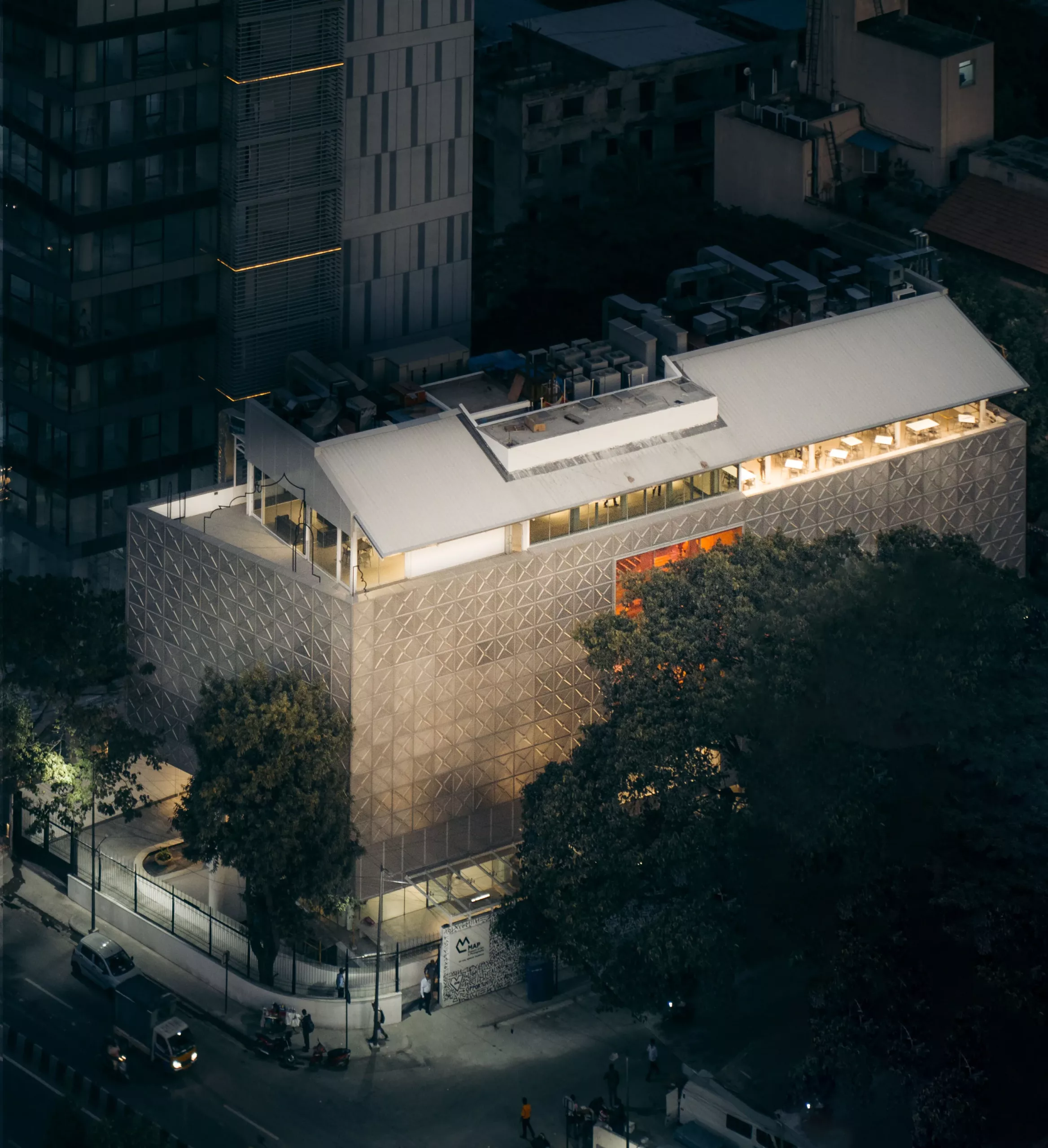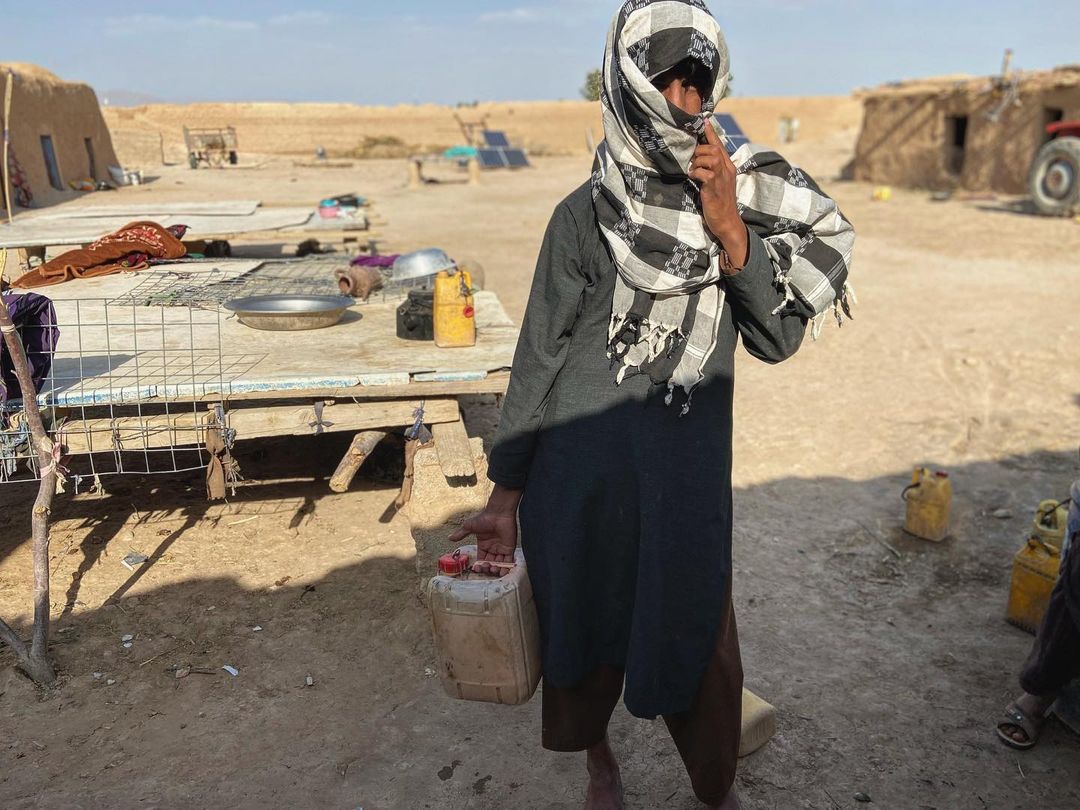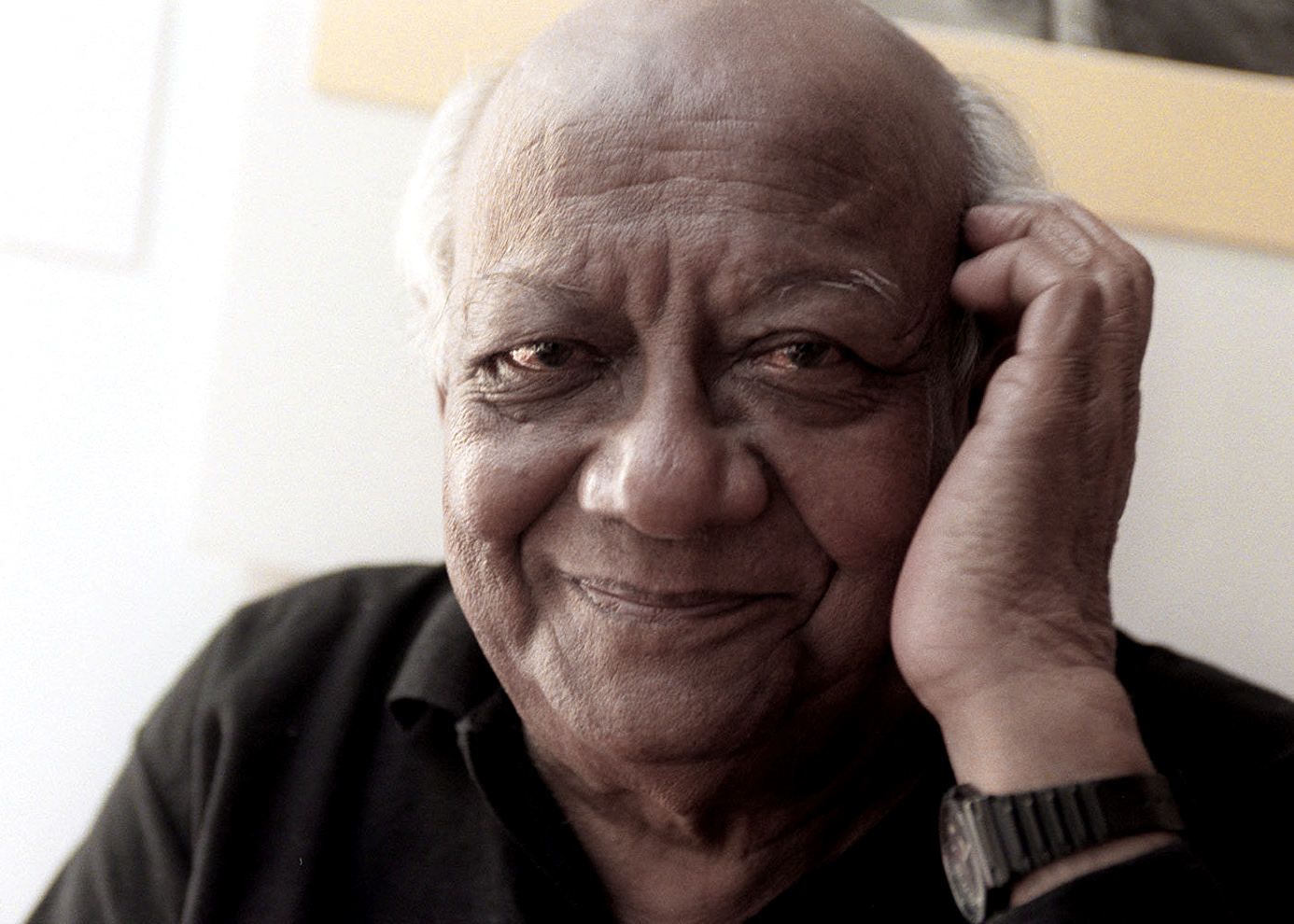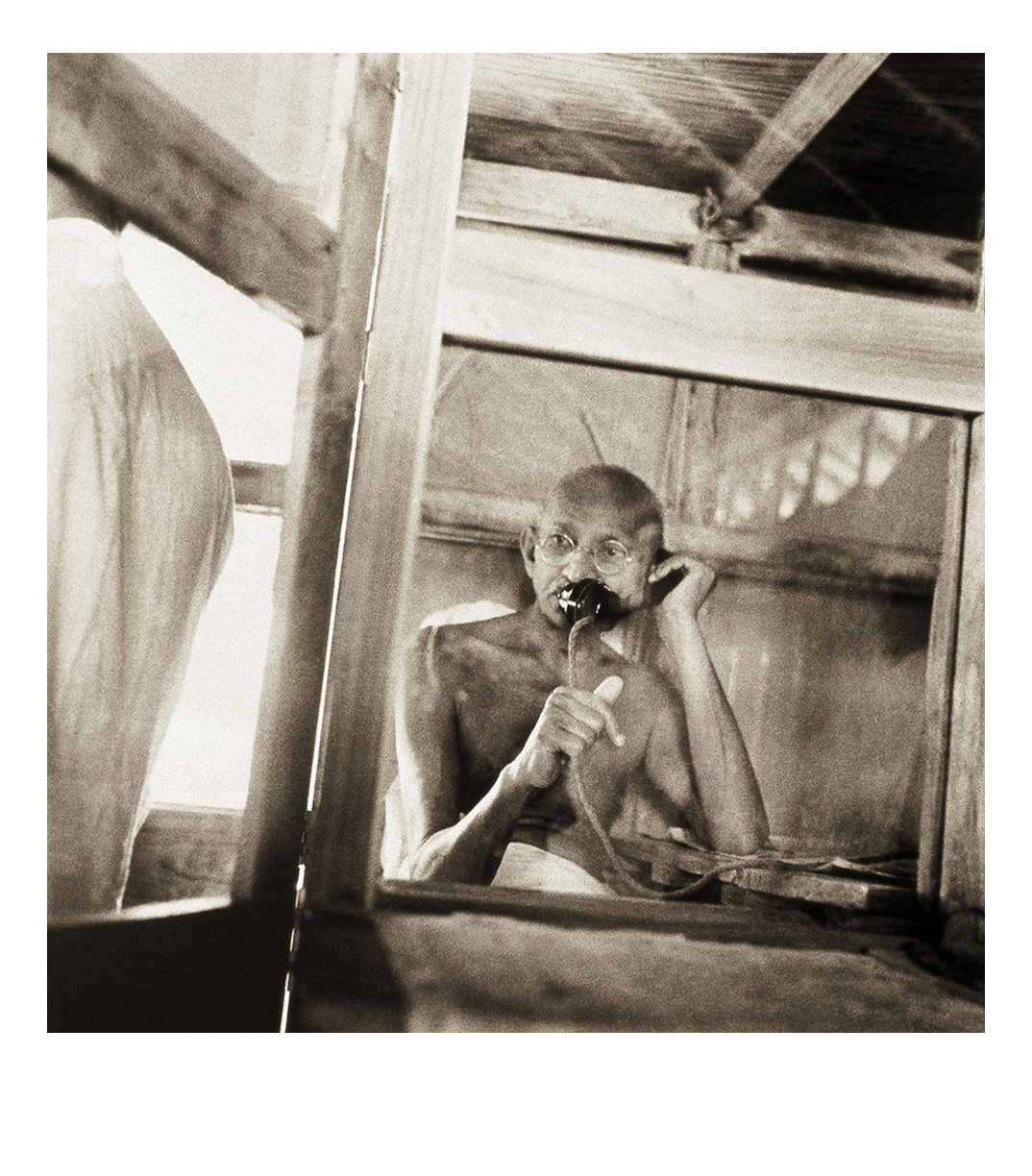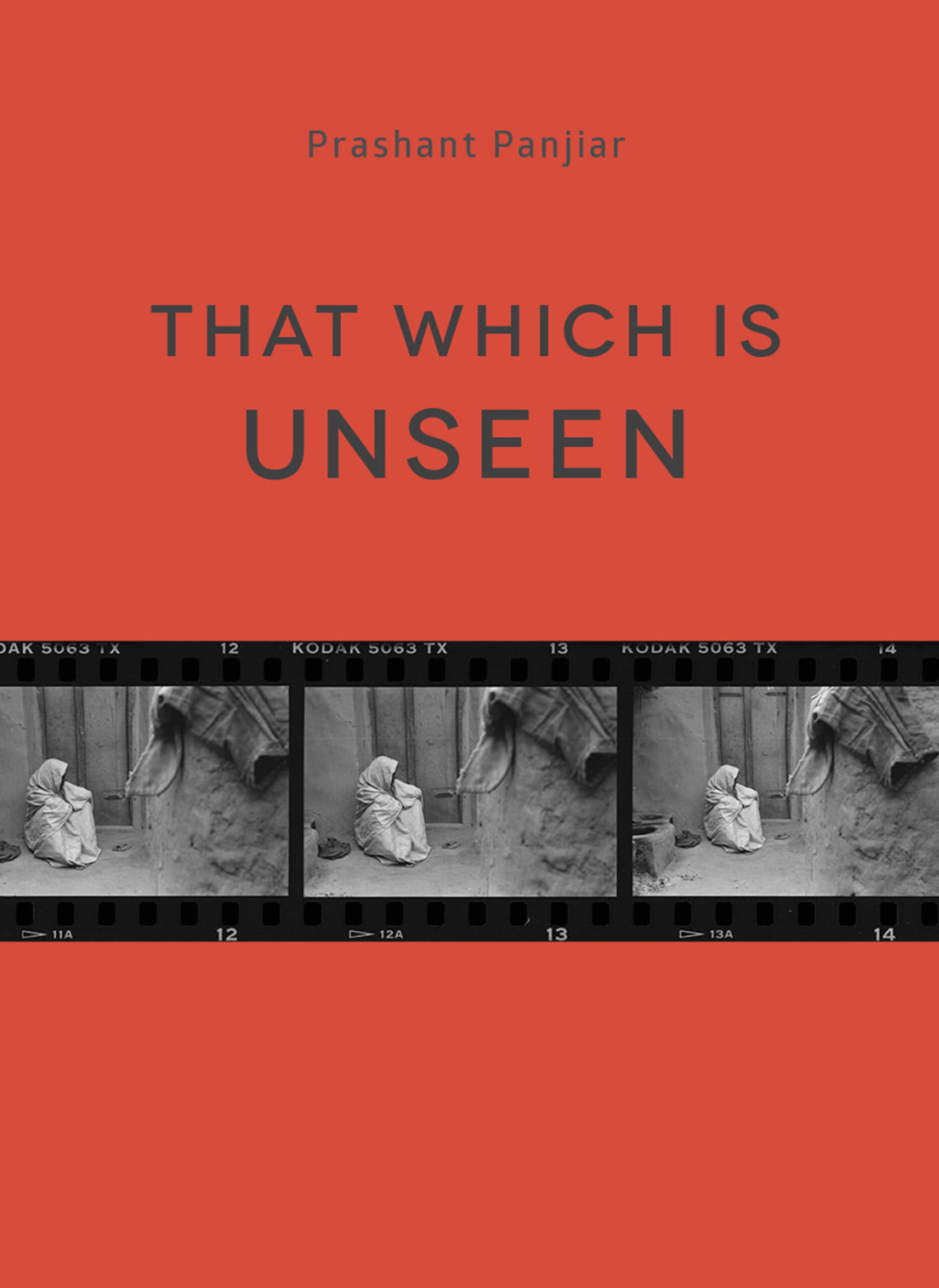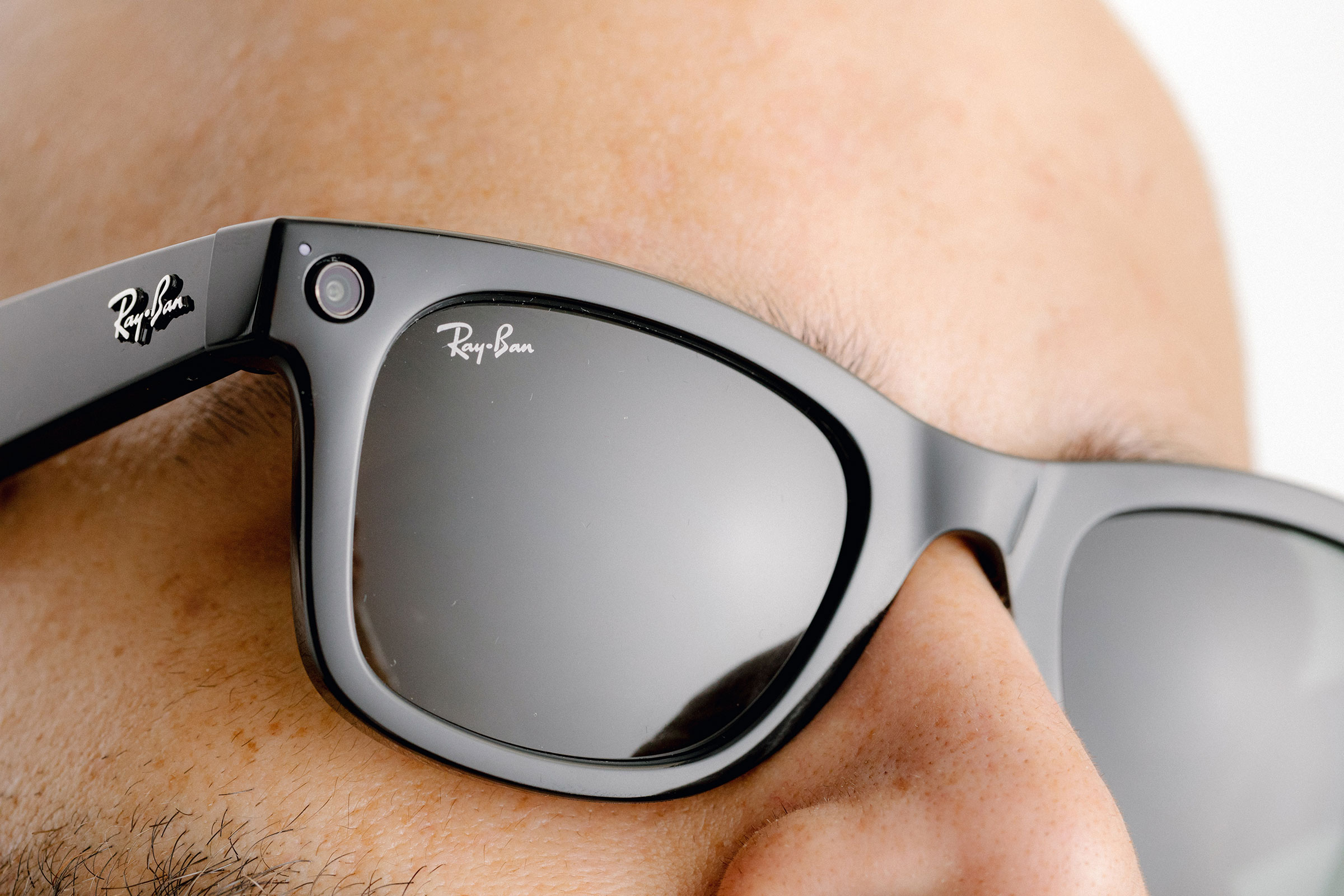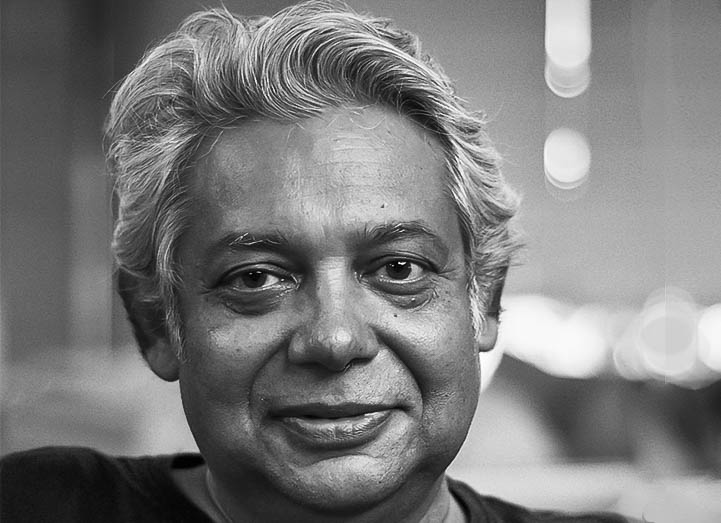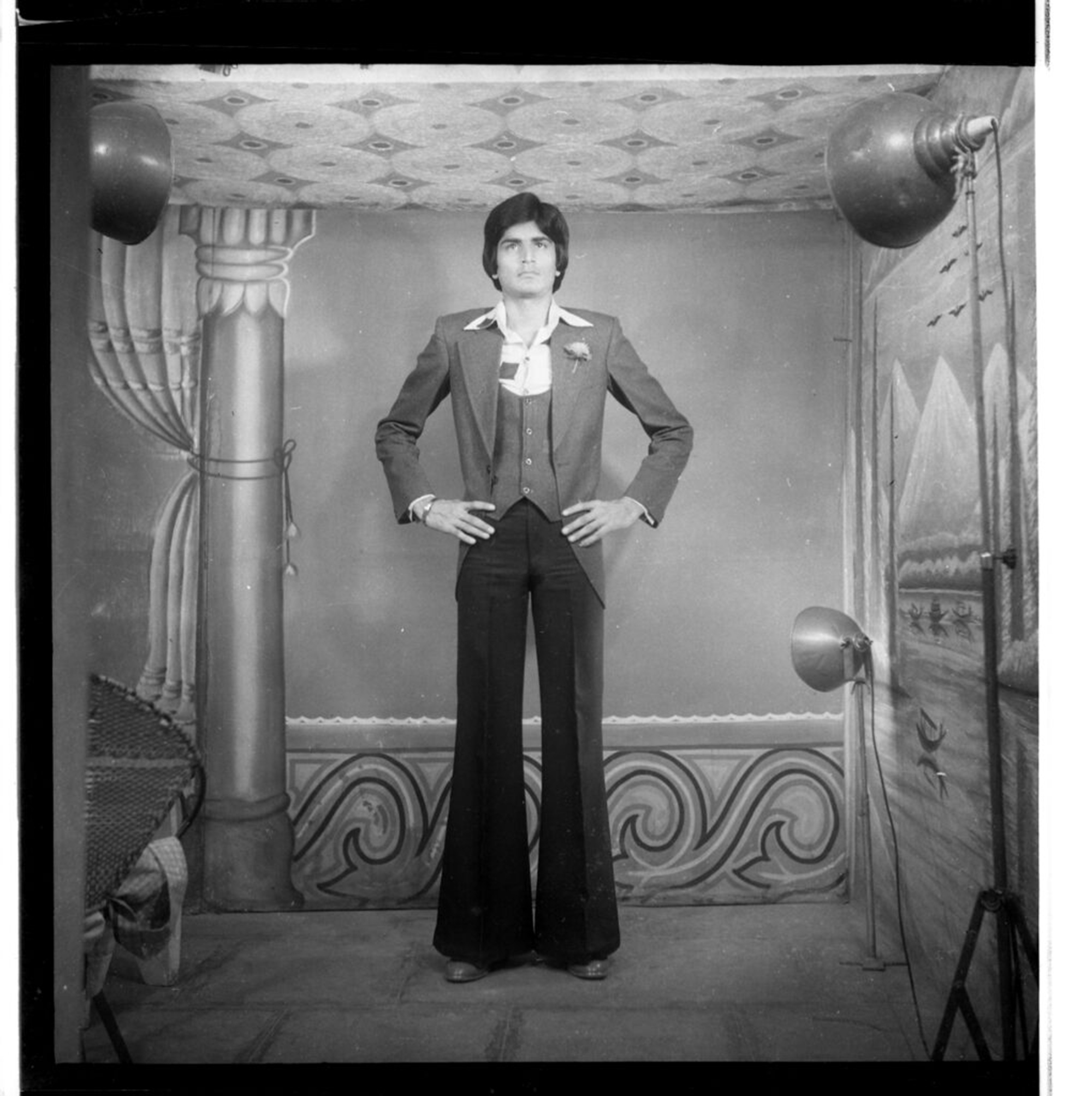
Suresh Punjabi, Suhag Studio, MAP
A rendezvous of past and future
India’s first digital museum set for launch
During its eventful journey through space and time, art has found itself in a multitude of places ranging from prehistoric caves to digital gadgets. From being standalone specimens in the initial days, the works of art have undergone evolutionary changes in their form and presentation. When Walter Benjamin penned his 1935 essay ‘The work of art in the age of mechanical reproduction’, he was gazing at a flood of physical copies that affected the ‘aura’ of the ‘original’. Eight decades have elapsed since this path-breaking essay was written. And the mechanical reproduction, which at Benjamin’s time primarily meant printing technology, has given way to much powerful digital tools, where the concept of physical form itself has virtually disappeared. Nevertheless, this technological evolution has made artworks more accessible to the masses. There was a time when valuable paintings and sculptures could be enjoyed only by visiting the museums situated in faraway lands. These works, through their privileged positioning, were meant to be enjoyed only by a section of the society that could afford long-distance travels and pricey tickets. Come the digital era, the idea of museum space itself has remarkably changed. Several museums across the world had already established or were in the process of establishing digital sections when the Covid health crisis swept across the globe. While the pandemic has toppled the lives of millions, it has also opened up new vistas in many fields, including art. ‘Virtual’ has become the new mantra when it comes to interactions in the age of pandemic. Unlike the earlier periods when epidemics like plague or Spanish flu forced people to stay away from each other, the contemporary scenario allows the coming together of people even while they are physically distant from each other, thanks to digital technology. Virtual exhibitions, virtual meetings and virtual interactions have become the order of the day during the Covid crisis. It is at this juncture, the Museum of Art and Photography (MAP) is being launched, virtually, before it’s physical launch next year. While usually the physical space precedes the virtual space, the MAP is reversing that concept, by first launching itself as a digital museum.
To mark this India’s first digital museum launch on December 5, the MAP is organising a week-long virtual programme titled ‘Art (is) Life’, besides inaugurating it’s ‘Museums without Borders’ initiative. According to a statement from the founders of MAP, the institution has a collection of over 18,000 artworks, including sculptures, paintings and photographs, predominantly from the Indian subcontinent. The entire collection is categorised into six genres: Pre-modern art, modern & contemporary, photography, folk & tribal, popular culture, and textiles, craft & design. The highlight of MAP is a vast collection of photographs — both historical and contemporary, and on popular culture – which is not common for an Indian museum. Moreover, this photography collection boasts one of the most extensive line-up in the country. This collection has works of 19th century photographers such as Samuel Bourne, John Burke, Francis Frith, William Johnson, Colin Roderick Murray, John Edward Saché, Charles Shepherd, E. Taurines and Raja Deen Dayal; 20th-century prints by photographers such as Henri Cartier-Bresson, Marc Riboud, Martine Franck, Raghu Rai and T.S. Satyan. Contemporary Indian photographers like Dayanita Singh, Abul Kalam Azad, Vivek Vilasini, and Gauri Gill are also a part of the collection.
“The digital platform will allow MAP to offer curated experiences to the audiences who will be able to interact with the exhibitions from the comfort of their homes at any time,” said the official statement from MAP. Termed as South India’s “first major private art museum”, the MAP, located in Bengaluru, is aiming to bring its collection accessible to diverse viewers. The museum, once launched, will have a five-storey building with galleries, auditorium, research library, education centre, conservation facility and a cafe. According to Abhishek Poddar, the founder-trustee of MAP, their vision has always been to reach out to people from all walks of life and make the collection available to the world. “… Then why should we wait for a physical museum to come up? Launching digitally is the next step for MAP to achieve its agenda of inclusion and accessibility. In challenging times such as these, museums and cultural institutions need to rethink and reinvent themselves to be truly relevant. MAP’s digital launch is the birth of a new museum for a new era,” he said.
While it is appreciable that the founders of MAP are aiming at diverse viewers, it is equally important that they focus on the diversity of artists whom they showcase/promote. As the art market in India continues to be dominated by elite interests and privileged artists, it would be heartening if MAP brings more artists from diverse backgrounds to the fore. Since the MAP comes with a promise of being rooted regionally with a global outreach, there is a scope for regional artists getting represented. This is especially important in the case of photography since there is a very limited representation of regional photographers in the national and international arena and the MAP could change that.
Even though the digital space provides a cost-effective and convenient meeting place for the artists and connoisseurs, this space is still in a nascent stage in India where digital penetration is yet to move beyond smartphone screens. The difference in experiencing an artwork at a museum space and a digital space will vanish for sure with the passage of time and development of virtual reality (VR). However, at the current juncture, taking the pandemic into account, digital exhibitions can be termed more as a stop-gap arrangement, complementing the physical exhibitions scheduled in the upcoming days. In this background, the ‘Museums Without Borders’ initiative launched by the MAP is a step taken in the right direction. Organised in collaboration with 50 international institutions, including the British Museum, Museum of Fine Arts (Boston), Morgan Library and Museum, Detroit Institute of Arts, Vitra Design Museum, and the Rhode School of Design, this initiative will see ‘juxtaposition’ of objects from different collections, in the virtual space. Usually, prized museum pieces are taken across the world for exhibitions. But here, the ‘Museums Without Borders’ is bringing together artworks from distant collections without their physical movement. Initiatives like this could be marking the dawn of a new era where the concept of dimensions, reality, space, and time would be taking new incarnations.
By Joyel K Pious | Published on November 30, 2020
Share
Related News
A new venue for art lovers: MAP, Bangalore is open for public
The newly opened Museum of Art & Photography (MAP) in Bengaluru welcomed its first visitors in Feb, offering a glimpse of around 60,000 works that would refresh the subcontinent's rich art history.
Plumbing the depths of space and time, James Webb Space Telescope
The James Webb Space Telescope has been designed to see the infrared part of the spectrum, making it capable of glimpsing “galaxies far far away”. This provides access to a part of the spectrum that no telescope has had till date, not even the iconic Hubble Telescope, which can see ultraviolet and visible light.
Snapshots from a forgotten land
Photojournalist Kanika Gupta takes a more personal approach on her page. The Indian journalist, who had to be evacuated from Afghanistan when the Taliban first took over, has since returned, and has resumed her efforts of documenting the country. On her Instagram handle, lifeoutside2by2, she fearlessly interviews and photographs Taliban soldiers, bringing out both the cruelty and humanity in their stories. A snapshot of a man who has been taught to believe that “making landmines is holier than fighting" is juxtaposed with one of two friends - one of whom used to be in the National Army and the other, a hardened Taliban, who joined when an American drone strike killed seven of his family members on a single day. Today, the two friends, who have both joined the regime, reminisce about having fought on different sides.
MAP’s Director’s Cut: Reimagining and Reinventing Museums
This episode (Wednesday, 9th March, 6:30 pm) of MAP’s series Director’s Cut features Nadine Wietlisbach, Director of Fotomuseum Winterthur in Switzerland.
The making of a nation, through Sunil Janah’s eyes
After Sunil Janah moved to the US in his later days, these prints were mostly forgotten. Rahman says it is by another coincidence that they landed in India as a collector managed to buy some of them. “The timing of the exhibition coincides with the 75th anniversary of Independence. At a time when the BJP is trying to demolish Nehru’s legacy and spreading the narrative of ‘Make In India’, Janah’s works assume significance as the ‘Make In India’ started in the 1950s. That is why it is so important that people see these pictures. We should not forget this history and the BJP is trying to make us forget it.” Apart from their historical significance, these are stunning images, says Rahman. “That was a time of great hope. Now, we have a different view about industries. We perceive industries as polluting, but at that time we needed all these factories because we needed indigenous manufacturing. Also, they provided jobs to lakhs of people, particularly in backward areas. There was a great positive energy which actually can be felt in Janah’s photographs.”
Celebrating Resistance, 152 years of Mahatma Gandhi
On Gandhi's 152nd anniversary, PhotoMail remembers him through these everlasting imageries. There are hundreds of photographs of Gandhi, often the author is unknown. Here is a collection of photographs by known Indian and International photographers.
THAT WHICH IS UNSEEN Acclaimed photo-journalist Prashant Panjiar’s Photo-book and Exhibition
Acclaimed photojournalist Prashant Panjiar's latest photobook 'That Which Is Unseen' was launched on September 18. Published by Ahmedabad-based Navajivan Trust, this book is a collection of photographs and backstories from Panjiar's almost four decades of photography career. Navajivan Trust, founded by Mahatma Gandhi, is a publishing house with a good reputation and has published more than 800 titles in English, Hindi, Gujarati and other languages.
Analog on the go: Ilford Photo Pop-up Darkroom
Ilford has announced portable pop-up photo darkroom tents as the go-getter strategy for attracting photographers to opt Analog photography. The portable pop-up tents and a starter kit with chemicals & materials are expected to be available this November.
Looking or shooting? A pe(e)p toy by Ray-ban and Facebook to click as you see
Ray-ban Stories sunglasses are built in partnership with Facebook and Ray-Ban’s parent company EssilorLuxottica and are the first product to be produced as a result of a multi-year partnership between the two companies. Ray-Ban Stories will be available in 20 different combinations in classic Ray-Ban styles — Wayfarer, Wayfarer Large, Round, and Meteor — and five colors with a range of lenses including clear, sun, transition, and prescription. Ray-Ban Stories features dual integrated 5-megapixel cameras that are designed to let the wearer capture everyday moments as they happen from a first-person perspective. The dual 5MP camera gives new depth and dimension to the content. It takes high-resolution photos (2592×1944 pixels) and quality video (1184×1184 pixels at 30 frames per second). Camera automatically adjusts to the light around for high-quality captures. One can also attend to calls, listen to music via blue tooth while on the go.
Prashant Panjiar’s photobook ‘That Which Is Unseen’ to be published soon
Indian photo-journalist Prashant Panjiar’s photo book That Which is Unseen published by Navjivan Trust will be released on 18 September 2021. The book is a compilation of backstories of Panjiar’s three decades as a photojournalist, told through images and words.


